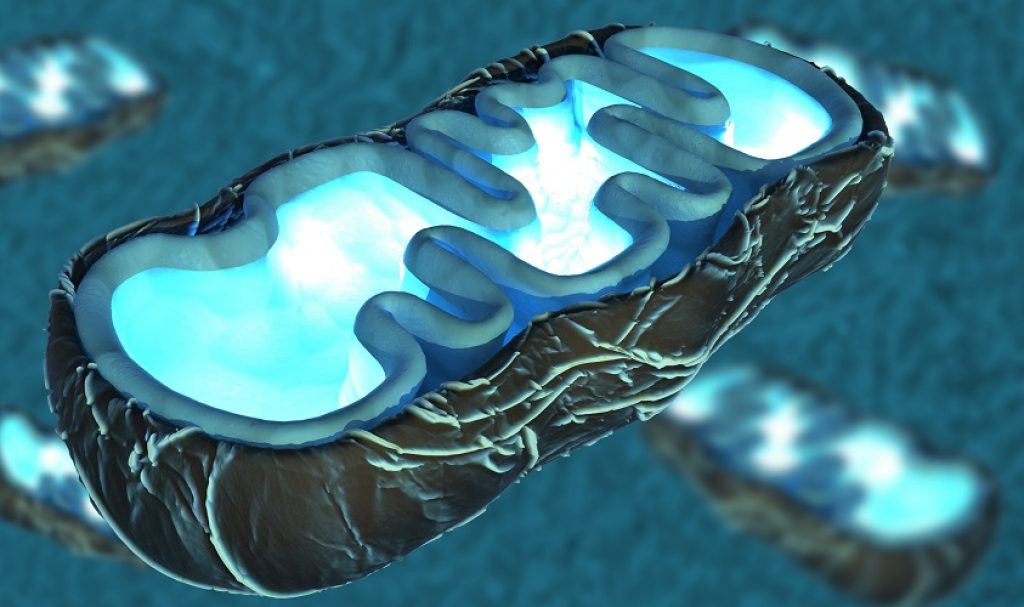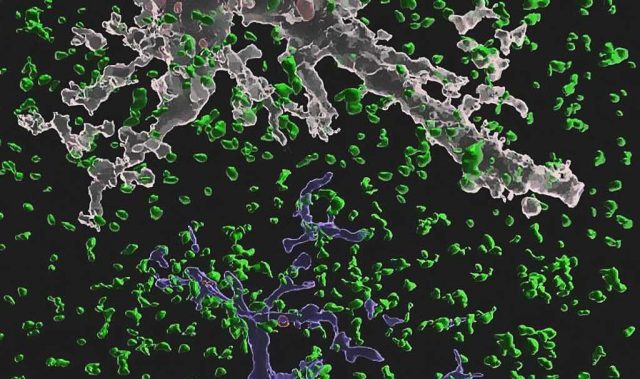
AsianScientist (Jul. 26, 2018) – A research group at the Korea Advanced Institute of Science and Technology (KAIST) has developed a version of photodynamic therapy (PDT) for cancer with reduced side effects. Their findings are published in Advanced Science.
PDT is a form of treatment whereby a laser irradiates a targeted site, causing a photosensitizer to absorb light energy and convert oxygen to singlet oxygen or free radicals, ultimately leading to programmed cell death. This treatment has been used widely in the clinic, especially for skin disease because it allows non-invasive treatment.
However, existing PDT methods have limitations as first-line therapy because PDT agents can cause genetic abnormalities when sub-optimally administered. The key to enhancing the effectiveness and efficiency of PDTs is to concentrate the photosensitizer at the desired site. The wavelength of light that the photosensitizer reacts to, as well as how fast the photosensitizer clears from the body after treatment, also matter.
In the present study, a team of scientists led by Professor Kim Yeu-Chun and Professor Park Ji-Ho at KAIST developed a new photosensitizer called mitochondria targeting photodynamic therapeutic agent (MitDt) to maximize PDT efficacy.
Mitochondria are promising target sites to maximize the effects of photosensitizers since they play essential roles in metabolism and have high transmembrane potential. According to the team, when mitochondria are damaged by reactive oxygen species generated after laser irradiation, they immediately lose their mitochondrial membrane potential and initiate apoptosis. Therefore, combining the PDT agent with the mitochondrial targeting agent can result in rapid damage to cancer cells, improving therapeutic efficacy and reducing unwanted side effects.
The team thus developed a photosensitizer combining a functionalized dye that responds to near-infrared light and a mitochondria-targeting agent. This grants two advantages: longer retention in cancer mitochondria and rapid organelle clearance after treatment, which amplifies the amount of reactive oxygen species generated at the site of the tumor upon laser irradiation.
Additionally, near-infrared laser can penetrate deeper into the body, making it possible to target a greater variety of organs. Light scattering is also reduced, thereby increasing the effectiveness of therapy while reducing side effects.
To verify the efficacy of their method, the team injected MitDt into tumor-bearing mice. The animals were irradiated with an near-infrared laser at 662 nm. The researchers demonstrated a three-fold reduction in the size of tumors with their treatment approach.
“This enhanced photodynamic cancer treatment has the advantage of treating a targeted site without any side effects because the photosensitizer stays longer in the mitochondria of cancer cells. We also confirmed that the photosensitizer did not cause cytotoxicity,” said Mr. Noh Ilkoo, a PhD candidate at KAIST who is the first author of the study.
“This research outcome will reduce the danger of side effects and can be applied for treating various diseases,” Kim added.
The article can be found at: Noh et al. (2018) Cancer Treatment: Enhanced Photodynamic Cancer Treatment by Mitochondria‐Targeting and Brominated Near‐Infrared Fluorophores.
———
Source: Korea Advanced Institute of Science and Technology; Photo: Shutterstock.
Disclaimer: This article does not necessarily reflect the views of AsianScientist or its staff.












